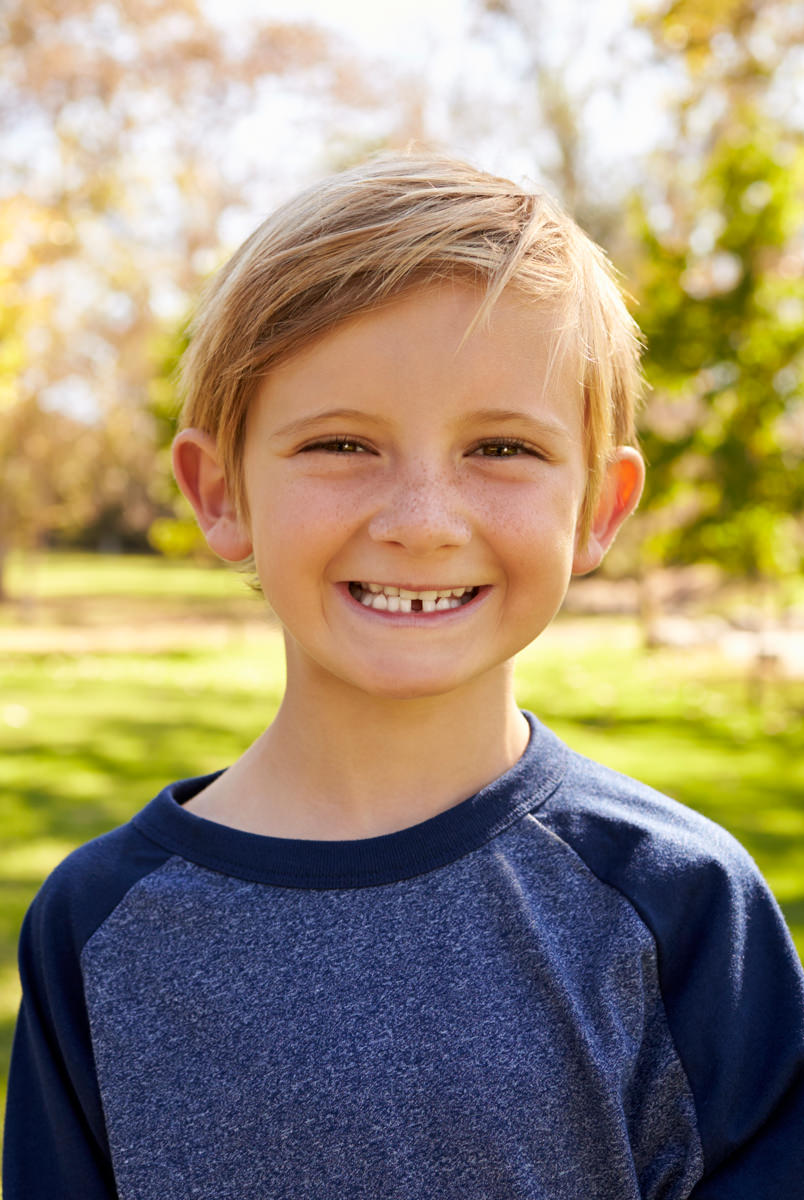The American and Canadian Associations of Orthodontists recommend a first visit with the orthodontist by age 7. Unlike adults, children are still growing and therefore if major problems exist with the development of their teeth and jaws, we have a better chance at improving or even fixing them before all the adult teeth come in and before growth is complete. Besides the clinical benefits, early treatment can also help improve your child’s self-esteem if the position of their teeth and jaws is keeping them from smiling and makes them feel embarrassed about their appearance (ex: buck teeth, snaggle tooth, big space between the front teeth).
If social factors aren’t a concern, Dr. Cheretakis may decide that an early treatment (or Phase 1 treatment) is merited in order to help your child’s jaws grow more favorably and improve their facial profile, or to help prevent serious crowding of the adult teeth. ‘Click here’ to learn why an orthodontist has the specialized training needed to best diagnose these issues early on.
This type of early treatment usually lasts about 1 year, and when it is completed, Dr. Cheretakis continues to closely monitor your child’s teeth and jaw development until all of the adult teeth have erupted in the mouth. At this point, we determine whether any additional intervention (Phase 2 treatment) with braces or Invisalign is necessary to finalize the position of the teeth and jaws. Very often, an early Phase 1 treatment lessens the complexity or even negates the need for a Phase 2 treatment with braces or Invisalign later on. In some cases, it may even reduce the need for future tooth extractions or even jaw surgery.


